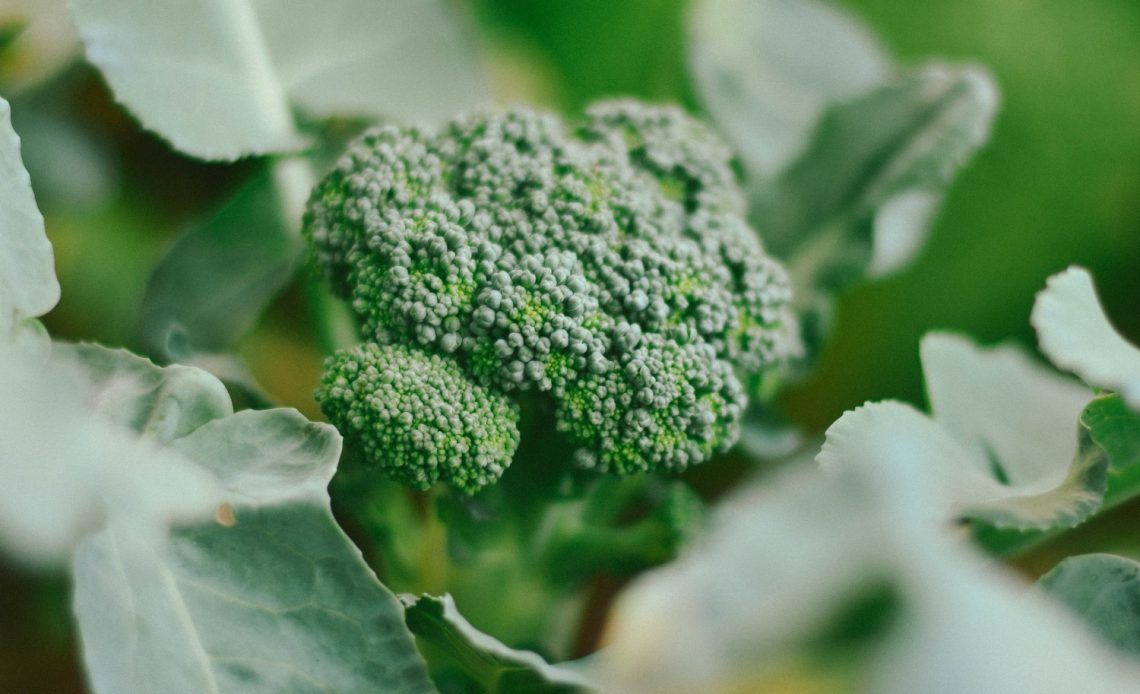

We’re here to help! Wild Yards is a completely free website that is 100% dedicated to helping you create a wildlife-friendly, sustainable yard. Read more
WildYards is reader-supported. When you buy a product through a link on our site, we may earn a comission. Every product is independently selected by our (obsessive) editors and our reviews are unbiased and objective. Read more about our mission or our privacy policy.
With more vitamin C per serving than an orange, broccoli is a fuss-free veggie that requires little maintenance. Broccoli readily sprouts from seed and has a high yield, with crops ready to be harvested in 100 to 150 days. But, easy as broccoli is to grow, it can still fall victim to diseases. If you’ve noticed black spots on broccoli out in your garden, you may be wondering what they are, and if your broccoli is still safe to eat.
Black spots on broccoli are caused by molds and fungi. Because broccoli plants are surrounded by leaves, this prevents air circulation, creating an ideal environment for moisture-loving spores. Broccoli with black spots is not safe to consume unless you cut out the bad parts first.
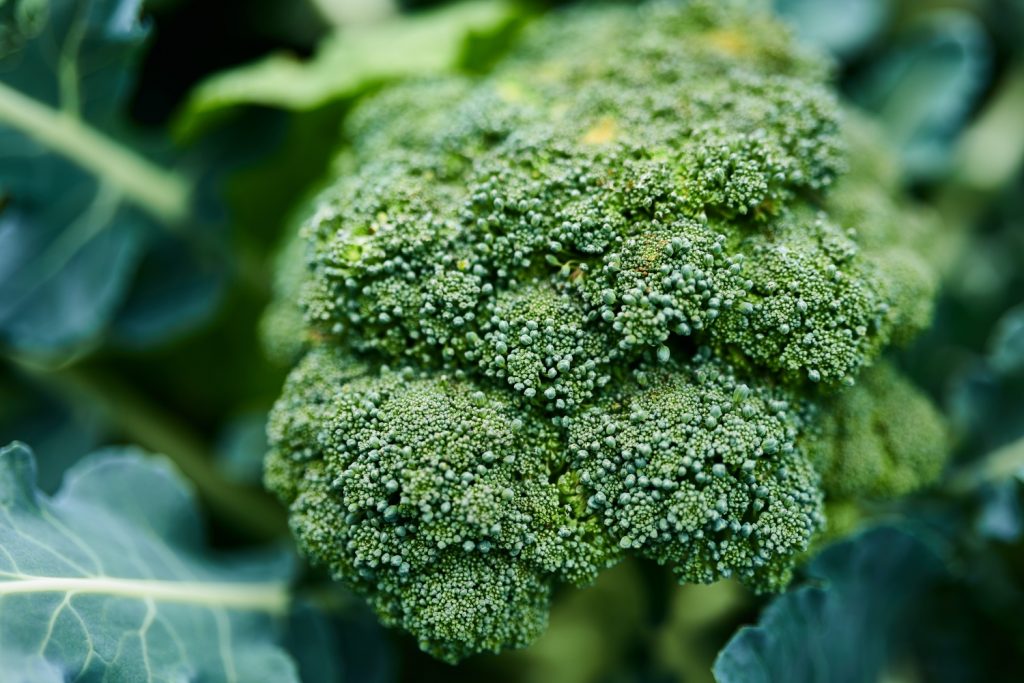
Where are the black spots located?
Before eating broccoli, inspect it carefully, and if you find black spots, check the guide below to determine what’s causing them.
On the leaves and stalks of the plant itself
Black spots found on the leaves of the broccoli plant, rather than on the vegetable itself, are the result of Phoma lingam, also known as blackleg. This fungal disease is fairly common in brassicas, infecting not just broccoli, but cauliflower, kohlrabi, and bok choy, as well.
Blackleg leads to necrosis of the foliage, with dead spots scattered on foliage and stems. The plants may develop chlorosis, turning yellow and becoming anemic-looking. As the disease progresses, cankers form on the lower stems. In the case of blackleg, black spots are fairly sizeable, about the size of a pencil eraser, but sometimes larger.
On the stems of the broccoli florets
If the stalks of your broccoli florets are peppered in tiny black dots about the size of a pinprick, they’re likely the result of black molds. If you only find a few black spots, you can try cutting them out with a knife. If you purchased broccoli from a grocery store and it’s covered in black spots, try to return it. If you can’t return it, or if you grew the broccoli yourself, throw it away. Do not add it to a compost heap. Doing so could spread the disease to the plants in your garden.
Now, if you notice irregular discolorations on the stems of your florets that look more like bruising than true black spots, these are usually caused by physical damage or by temperature stress during the harvesting/shipping/handling process. These discolorations are not a cause for concern. You can leave them or cut them away if you’re so inclined.
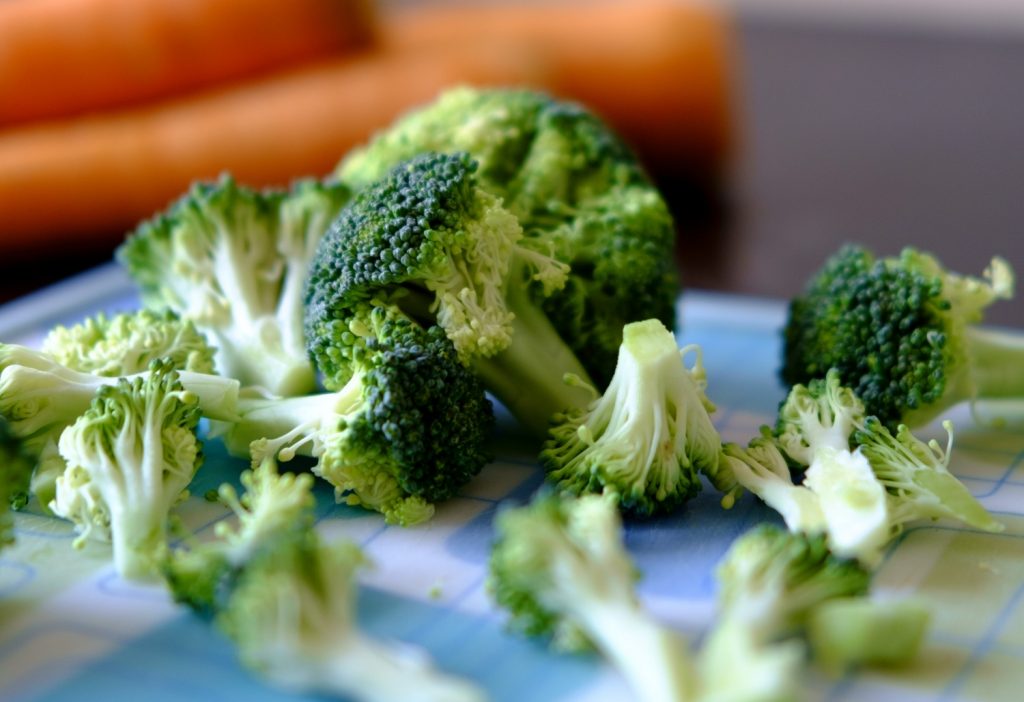
On the bottoms of the stems where the florets were cut
If you chopped a head of broccoli into small florets, then stored them in the fridge to use later, you might be surprised to find black spots on the bottoms where you trimmed the stalks. The broccoli’s vascular system is located in the stems, where it transports nutrients to different tissues. Cutting through the stem severs the vascular system, and it turns brown or black as it dries out. Though these spots can affect the taste of your broccoli, they are not harmful.
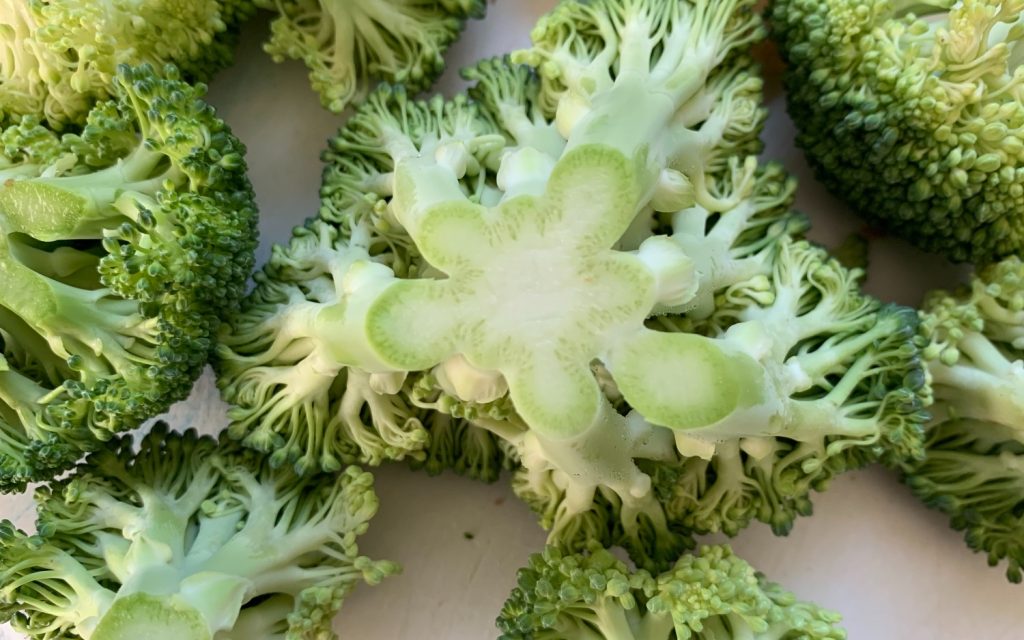
On the heads of the broccoli florets
If you notice black spots or brown patches on the heads of the broccoli florets out in your garden, this is a sign of boron deficiency. You can apply a boron-only fertilizer to boost levels in nutritionally deficient soil. Be sure to water your crops regularly and adjust the pH as necessary to ensure your broccoli plants have access to enough boron. Broccoli that shows signs of boron deficiency is still safe to eat, although it may not be as nutritionally dense as broccoli that is not suffering from mineral deficiencies.
Occasionally, broccoli heads will develop discolorations on their heads if they’ve been in the fridge a bit too long. These are due to decomposition. As long as the rest of the head is crisp and smells fresh, the discolorations can be removed with a sharp knife, and the broccoli can be cooked as normal. But if the head is floppy, or if it feels slimy and smells “off”, it should be tossed in the garbage — or in your compost bin.
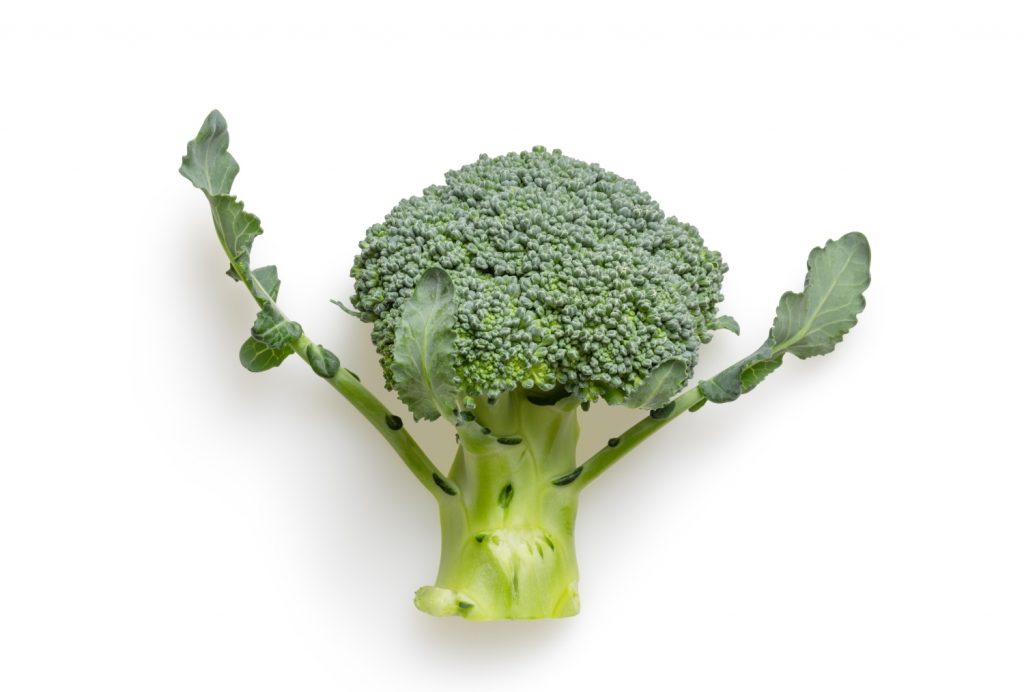
Is broccoli with black spots safe to eat?
Broccoli florets that have only a few black spots are generally safe to consume, although you should never eat them raw. Always boil, steam, or saute them before serving them. If you can, trim away the bad spots using a sharp knife.
While we tend to associate black spots with produce that is already bad, vegetables don’t go from fresh to rotted straight away. It’s a process, one that can be slowed significantly by refrigeration. If you take a head of broccoli out of the fridge and find some bad spots on it, but the overall texture, smell, and appearance of the broccoli are fine, just cut these parts off and cook the broccoli as normal.
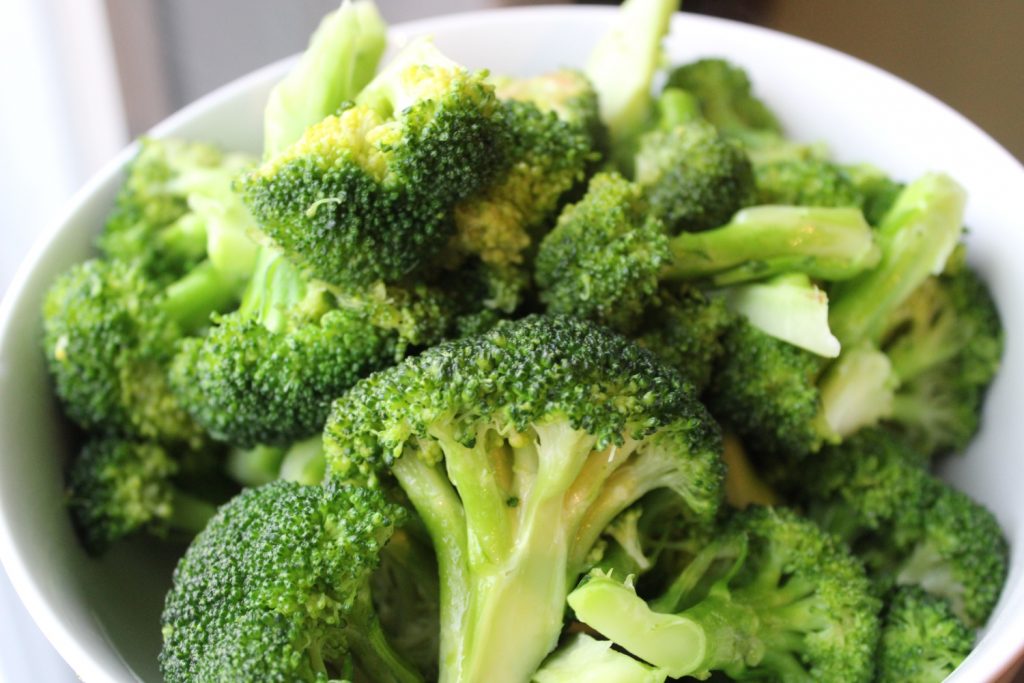
What happens if you eat broccoli that has black spots?
If you were to eat diseased broccoli that’s covered in black spots, there’s a chance nothing would happen. Some people are able to clear toxins out of their bodies faster than others, so you may not suffer any consequences. If you’re one of those lucky few who has a “cast iron stomach” you may be able to eat broccoli with black spots without experiencing any ill effects.
On the other hand, there’s a chance that the broccoli could make you violently ill. Broccoli — and any other food, for that matter — that has developed mold can contribute to unpleasant gastrointestinal symptoms, including bloating, indigestion, gas, diarrhea, and vomiting. If you don’t want to deal with the stomach issues associated with eating broccoli with black spots, play it safe and toss it out.
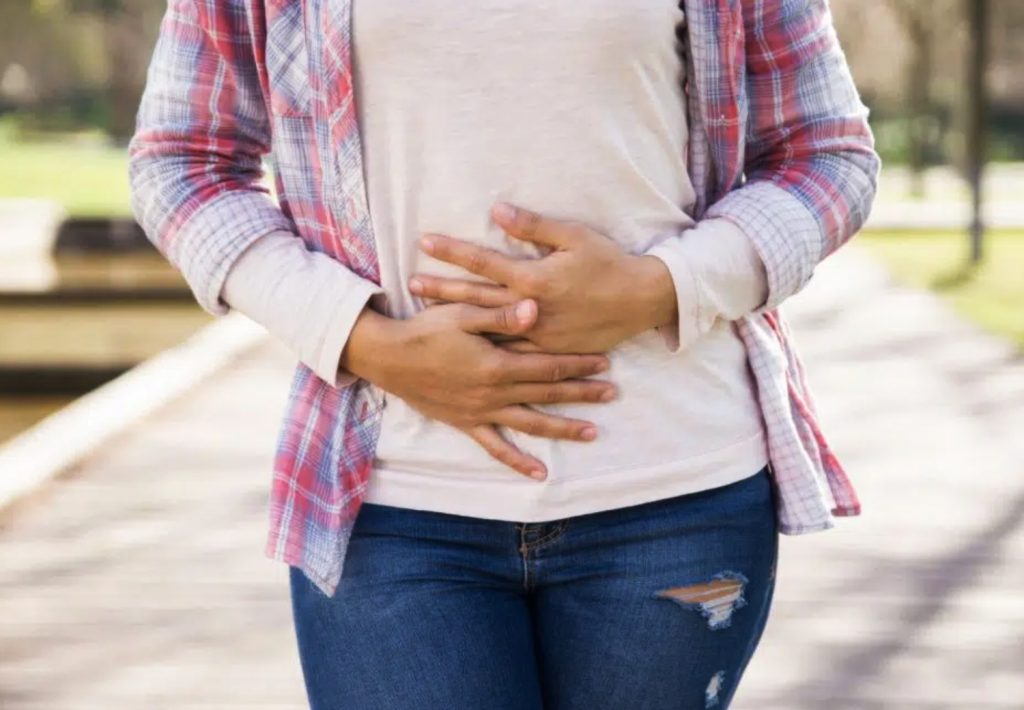
How can you prepare broccoli with black spots?
Assuming your head of broccoli only has a few black spots, you can prepare it as you would an unblemished head of broccoli. Chop the head into florets, rinse them under cool water, then toss them in boiling water to cook for 3 to 5 minutes. You can also steam the broccoli, saute it, or roast it. Cooking broccoli will kill any harmful bacteria left behind.
While broccoli that shows no signs of disease is safe to consume raw, eating large quantities of raw broccoli can have negative consequences for your health, especially for your thyroid gland. Broccoli, and other members of the brassica family, contain goitrogens, compounds that disrupt thyroid function and can contribute to the development of goiters. Cooking broccoli helps to neutralize its goitrogenic compounds, preventing it from disrupting thyroid function. So we always recommend cooking broccoli, whether it has black spots or not.
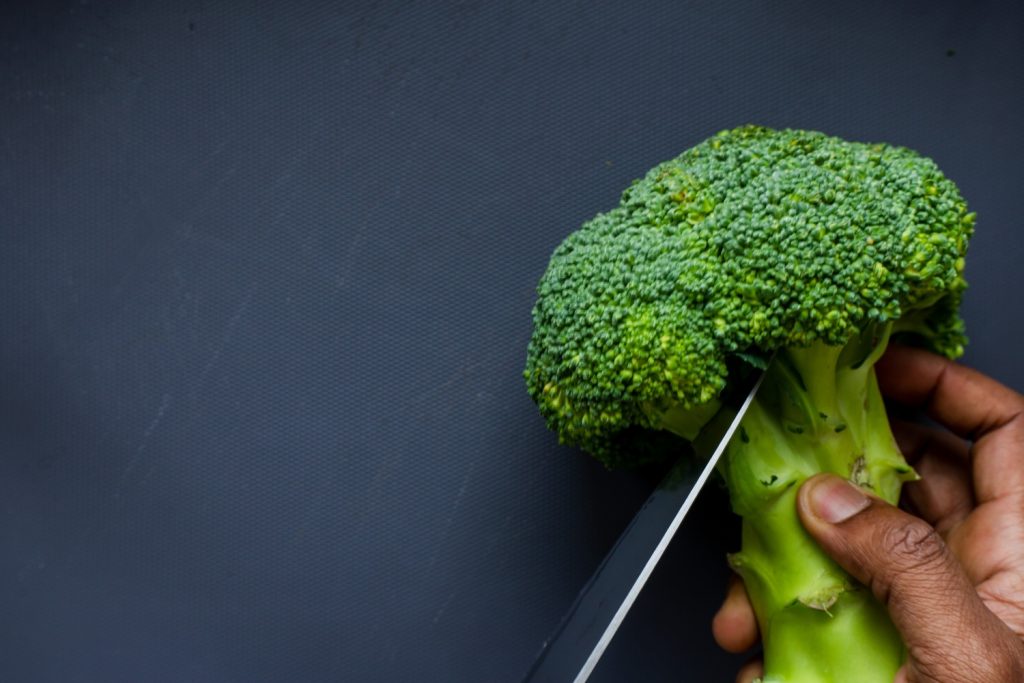
How can you tell if broccoli has gone bad?
First, make sure the broccoli is firm. Broccoli should be crisp and solid, not bendy, mushy, or flimsy. If your broccoli has a strange texture, that’s a good sign it’s not fit to eat.
Also, examine the color. Broccoli should be a healthy green. If the broccoli is covered in brown and black spots, or if it has become slimy in places and has a bad smell, that’s another sign that it has gone off. It’s time to chuck it!
Broccoli sometimes turns a bit yellow. If your broccoli has a few yellow discolorations, but is fine otherwise, just trim them away. Yellowing is a sign that the broccoli is aging, but not necessarily a sign that it has gone bad.
What’s the best way to store broccoli to prevent black spots and other discolorations?
Whether you purchase broccoli or harvest it from your hugelkultur bed, it’s important to store it correctly so it lasts for a long time. Soak your broccoli heads in 1 cup of white vinegar mixed with 4 cups of water for 15 to 20 minutes, then rinse in fresh, cool water. Leave the heads to dry, then cut them into small florets, and store them in a large Ziploc bag.
Broccoli florets can last for up to 2 weeks in the fridge but can last for up to a year in the freezer. If you store your broccoli in the freezer, consider double-bagging it to prevent freezer burn.
Pro tip: if you don’t have time to cut up a head of broccoli, place it stem side down in a large container filled with 1 to 3 inches of water. This will prolong the broccoli’s shelf life for a few days until you get around to using it.
How can you prevent broccoli from developing black spots?
If you’re growing your own broccoli, there are a few things you can do to prevent black spots from breaking out. First, make sure your plants have access to all of the nutrients that they need to grow well. Mineral deficiencies take their toll on plants by making them more susceptible to diseases. So make sure your broccoli crop is healthy enough to fight off pathogens.
Second, use an all-natural anti-fungal whenever necessary to nip diseases in the bud. Because harsh chemicals can be devastating to local pollinator populations, especially bees, stick to antifungals with natural ingredients.
If you find black spots on your broccoli, that doesn’t necessarily mean it’s gone bad. A closer inspection can help you decide whether or not your broccoli is safe to eat.

I have been eating fresh broccoli for decades. Only within the past few years have I had to start inspecting everything in between the florets and cutting away black necrotic pieces leaving me with about 70% of what I bought. Never had to do this before in my 57 years. What is going on in the world?